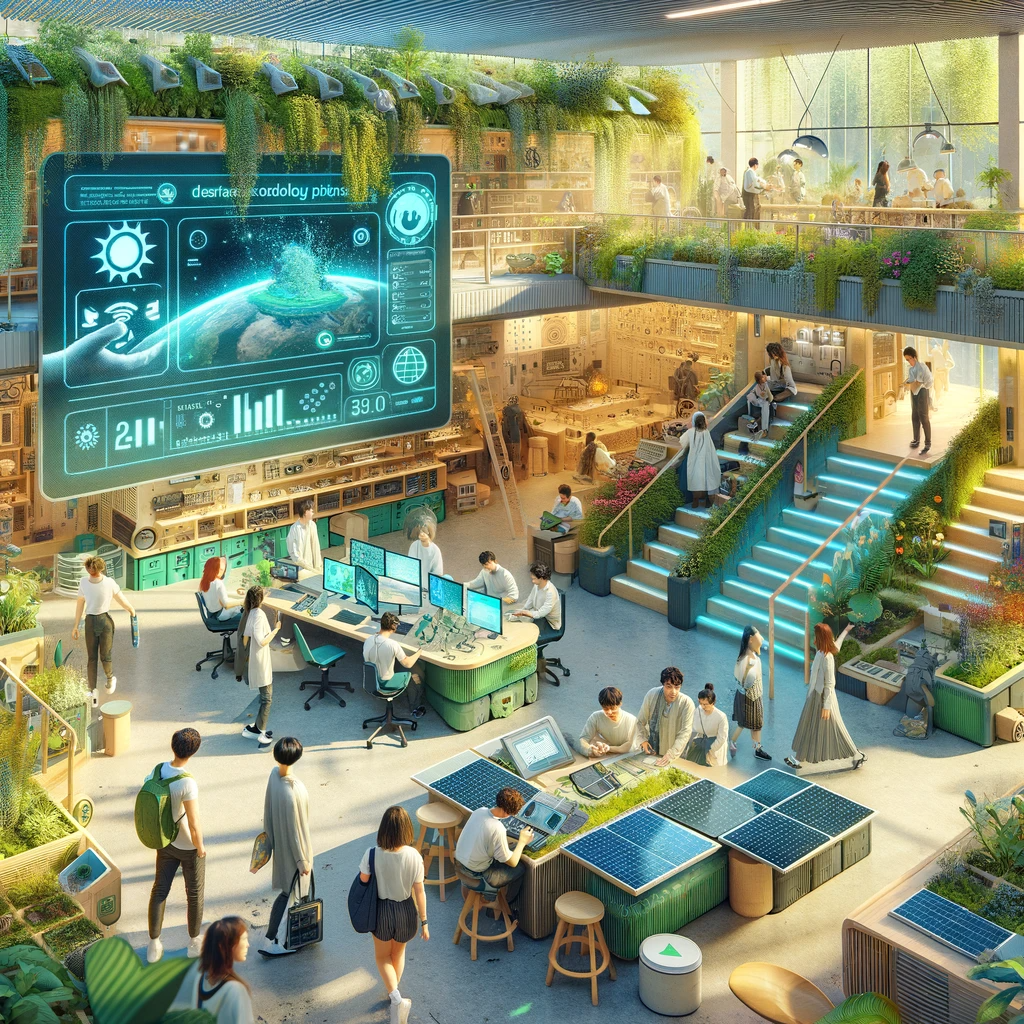In a world increasingly aware of the need for sustainable solutions, media labs across the globe are becoming the epicenters of an exciting fusion between technology and ecology. These hubs of innovation are not only redefining the role of technology in advancing sustainability but are also setting new standards for eco-friendly media production. This article delves into the pioneering efforts of these media labs, exploring how they are harnessing technology to create a greener, more sustainable future.

The New Frontier: Eco-Technology in Media
Media labs have always been at the forefront of technological innovation, but now they are channeling this expertise towards environmental sustainability. Utilizing eco-technology, these labs are developing new ways to produce and distribute media content that minimize environmental impact. From energy-efficient servers to low-emission production processes, they are integrating green solutions into every facet of their work.
Pioneering Sustainable Media Production
At the heart of this eco-tech revolution are sustainable media production practices. These include using renewable energy to power studios, reducing waste through digital workflows, and implementing recycling programs for production materials. These practices not only reduce the carbon footprint of media production but also inspire other industries to follow suit.
Harnessing Data for Environmental Advocacy
One of the key areas where media labs are making a difference is in the use of data analytics and AI for environmental advocacy. By analyzing large sets of environmental data, these labs are able to create compelling narratives about climate change, pollution, and conservation efforts. This data-driven approach is making environmental issues more accessible and understandable to the general public, spurring action and awareness.
Virtual Reality: A Tool for Environmental Education
Virtual and augmented reality technologies are being leveraged by media labs to create immersive experiences that bring environmental issues to life. These VR/AR experiences allow users to witness the effects of climate change firsthand, fostering a deeper understanding and empathy for environmental causes.
Collaborative Efforts for a Sustainable Future
Recognizing the power of collaboration, many media labs are partnering with universities, NGOs, and government agencies to maximize their impact. These collaborations are not only pooling resources and expertise but are also creating a unified front in the fight against environmental degradation.
Overcoming Challenges and Looking Ahead
Despite the progress, these labs face challenges such as technological limitations, funding constraints, and the need for wider adoption of sustainable practices. The article explores these challenges and the ways media labs are working to overcome them, ensuring their continued role as leaders in sustainable media innovation.
Conclusion
As we stand at the intersection of technology and ecology, media labs around the world are demonstrating that it is possible to create media content that is both high-quality and environmentally conscious. Their efforts in pioneering sustainable innovation are not only revolutionizing the media industry but are also contributing significantly to the global effort to protect our planet.
